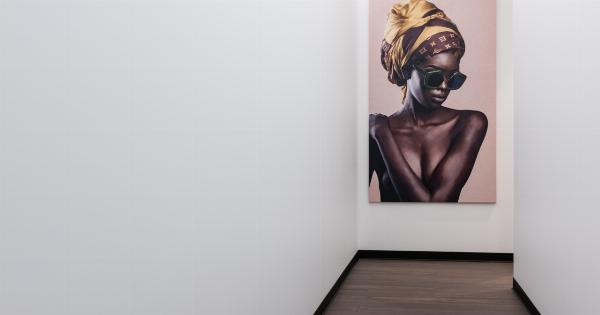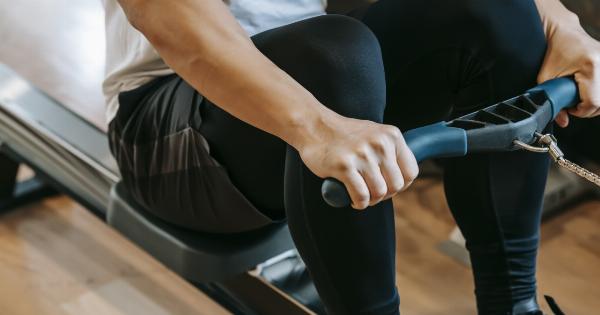When it comes to pain in the upper body, we often think about factors like poor posture, desk-bound jobs, or even injuries. However, one aspect that is often overlooked is the role that clothing can play in contributing to high and cervical pain.
The way we dress ourselves can have a significant impact on our musculoskeletal health, and understanding the influence of our clothing choices is crucial for preventing and managing these types of pain. In this article, we will explore the relationship between clothing and high and cervical pain and discuss some tips for selecting more supportive and comfortable garments.
The Importance of Proper Supportive Clothing
Our bodies rely on proper posture and alignment for optimal functioning. The neck and upper back, which make up the cervical and high regions, are especially vulnerable to poor alignment and strain.
Unfortunately, certain clothing choices can exacerbate these issues, leading to discomfort and pain. By prioritizing supportive clothing, we can mitigate the risk of developing or worsening high and cervical pain.
1. Bra Straps and Shoulder Pain
One common problem area affected by clothing is the shoulders. Many women experience shoulder pain, particularly due to the pressure exerted by bra straps. Unsupported or ill-fitted bras can lead to muscle tension, strain, and even nerve compression.
It is important to choose bras with adjustable straps and proper support to distribute weight evenly across the shoulders and alleviate any potential pain or discomfort.
2. Collars, Turtlenecks, and Neck Strain
Collars and turtlenecks may be fashionable, but they can also contribute to neck strain. Tight collars or raised turtlenecks can place excessive pressure on the neck muscles and restrict movement, leading to discomfort or even headaches.
Opting for looser-fitting collars or necklines can help reduce strain and allow for better mobility.
3. Heavy Backpacks and Shoulder Tension
Carrying a heavy backpack may seem harmless, but it can wreak havoc on your shoulders and upper back. The weight of the backpack pulls the shoulders downward, causing strain and tension in the muscles. Over time, this can lead to high and cervical pain.
If you must carry a backpack, choose one with padded straps and distribute the load as evenly as possible to minimize the strain on your shoulders.
4. High Heels and Posture
While high heels may be fashionable, they can have detrimental effects on your posture and spinal alignment. Wearing heels shifts your center of gravity forward, causing your body to tilt backward to compensate.
This change in alignment can strain the neck, upper back, and lower back, leading to pain and discomfort. Opting for comfortable shoes with proper arch support can alleviate these issues and promote better overall posture.
5. Tight Clothing and Nerve Compression
Tight clothing, such as skinny jeans or tight waistbands, can compress nerves and impede circulation, leading to pain and discomfort in the upper body. Additionally, restrictive clothing can restrict movement and hinder proper muscle function.
Choosing looser, more comfortable garments allows for better blood flow and reduces the risk of nerve compression.
6. Posture-Aiding Clothing
In recent years, there has been an increasing availability of posture-correcting clothing items. These garments are designed to provide gentle support and align the shoulders and spine correctly.
Posture-correcting shirts or bras can be beneficial for individuals who struggle with maintaining proper posture, helping to alleviate high and cervical pain caused by poor alignment.
7. The Role of Fabrics
The fabric of our clothing also plays a role in the development of high and cervical pain. Stiff or rough materials can cause friction against the skin and lead to irritation.
Additionally, fabrics that do not allow for proper breathability can cause excessive sweating, leading to discomfort and potential skin issues. Opting for breathable fabrics like cotton or moisture-wicking materials can help prevent these problems.
8. Ergonomic Workwear
Many individuals spend a significant amount of time in professional attire for work. However, traditional workwear is often not designed with ergonomic considerations in mind.
Restrictive dress shirts, tight skirt suits, and uncomfortable shoes can all contribute to high and cervical pain. Exploring brands that offer ergonomic workwear options can help reduce the strain on your upper body during long work hours.
9. Maternity Clothing
Pregnancy brings about significant changes in a woman’s body, including increased strain on the back and pelvis. Maternity clothing should prioritize comfort, support, and adaptability to accommodate these changes.
Opting for maternity clothing specifically designed to alleviate the pressure on the high and cervical region can help prevent pain and discomfort throughout pregnancy.
10. Tips for Selecting Supportive Clothing
To ensure that your clothing choices contribute to a pain-free upper body, consider the following tips:.
- Choose bras with adjustable and supportive straps
- Opt for looser-fitting collars or necklines
- Distribute weight evenly when carrying backpacks
- Wear comfortable shoes with proper arch support
- Avoid tight clothing that compresses nerves
- Consider posture-correcting clothing items
- Opt for breathable fabrics
- Explore ergonomic workwear options
- Select maternity clothing designed for support
By making conscious clothing choices, you can significantly reduce the risk of developing high and cervical pain related to your wardrobe.
Prioritizing comfort, support, and maintaining proper posture will benefit your musculoskeletal health in the long run.




























